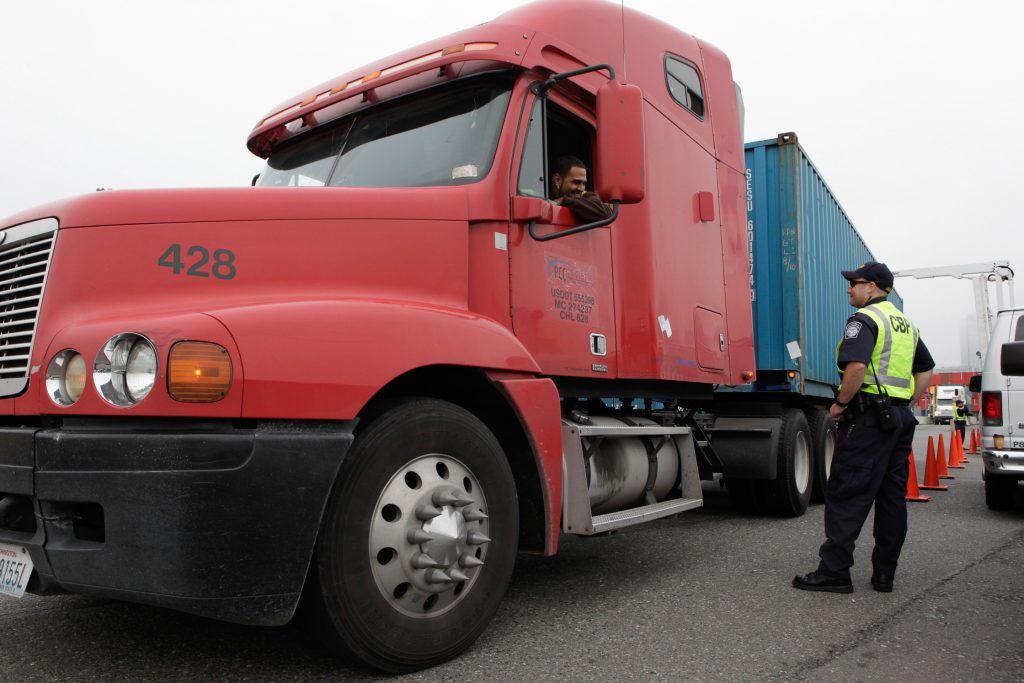AEO programs for MSMEs help make global trade more inclusive and resilient.
According to the WTO, an AEO (Authorized Economic Operator) program recognizes companies that meet security and customs compliance standards, granting them benefits in international trade.
Although not directly administered by the WTO, they are considered good practices under the Trade Facilitation Agreement (TFA). These programs are implemented by national customs authorities and follow the guidelines of the World Customs Organization’s SAFE Framework.
AEO programs for MSMEs
Although MSMEs are critical to the global economy, their presence in customs-business partnerships remains limited. There is no single AEO program model that addresses their specific challenges.
Therefore, it is suggested that Customs adopt more inclusive approaches, increase outreach and provide support tailored to their constraints.
An AEO program identifies companies that meet high standards of trust. These may be exporters, importers, carriers or customs brokers. In return, they receive important benefits.
For example, they face fewer physical or documentary inspections. In addition, they get faster clearance of their goods. And they benefit from mutual recognition in other countries.
Strengthening the participation of MSMEs in AEO programs can boost economic growth and improve the security of supply chains.
Although the TFA does not directly target MSMEs, many countries have requested technical assistance to implement Article 7.7 on authorized operators.
Customs must improve communication and have clear strategies for integrating MSMEs, as lack of promotion remains a major barrier to their participation.
Trade facilitation
The TFA commits countries to reduce border bureaucracy for faster movement of goods without compromising safety and quality standards.
While 79.4% of the agreement had been implemented as of April 2024, some of the most important provisions for building supply chain resilience, such as border agency cooperation, single windows, risk management, and testing procedures, remained stuck at lower levels of implementation (68.0%, 56.7%, 67.9%, and 66.3%, respectively).

